The research presented in this page is part of my PhD thesis.
This investigation was made possible thanks to Open University UK, and funded by Design Star
The aim of this project is to study the dynamics concerning situated Participatory Design approaches mediated by non-normative communication, developed together with adults experiencing the autism spectrum disorder.
Very little is known about adults with low functioning autism and non-verbal communication abilities, and in the design field, there are only a few projects dedicated to this specific subject. The numbers drastricly decreases when we count projects that actively involve adults experiencing the severe end of the spectrum and with non-normative communication. This situation is contributing to create social blindness towards autism, and those who are experiencing this condition are left alone to inhabit their subjective bodily experiences, often becoming marginalized by society. We lack approprate societal narratives and representation in society, popular culture and several disciplines spanning from design, law and politics.
For that, this project utterly opposes the concept of “normality”, which suggests the need to adhere to dominant societal standards. With this investigation, I have distanced myself from a binary understanding of the human experience (e.g. normalcy/non-normalcy, healthy/ill, etc.), and considered insead what does not usually conform to the dominant paradigm, as a way of questioning the limits and absurdity of such definitions.
This exploration has a situated identity, which is influenced by a practice-based approach. The theoretical ground draws from feminist theory and disability studies, building on the position that any single experience lived by a minority is valuable experience, capable of providing important insights about the world.
Together with the participant who took part in this project, we conducted situated participatory design activities (mediated by non-normative forms of communication) and designed ad-hoc research objects to understand how our relational and collaborative dynamics could be enabled. We also explored the power relations that occurred between us, and the empowerment process experienced by the participant, together with my own positionality as a designer involved in the process.
One example of research objects is presented below; however this project was developed during several years, as part of a doctoral research, hence only a small portion of the work is shared in this page. In case you are interested to know more about this research, please have a look into my PhD Thesis http://oro.open.ac.uk/73118/
2015 - 2020
BEYOND THE
UNTOLD
Encountering Autism: Situated Insights
On Ways To Enable Participation In Design
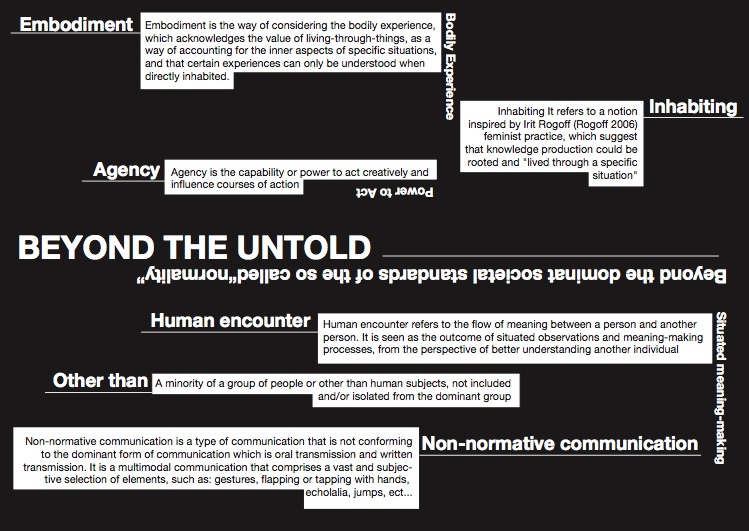
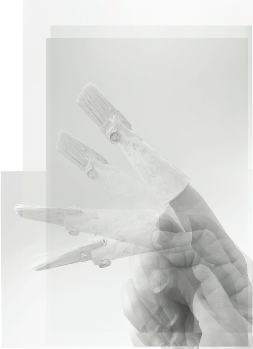
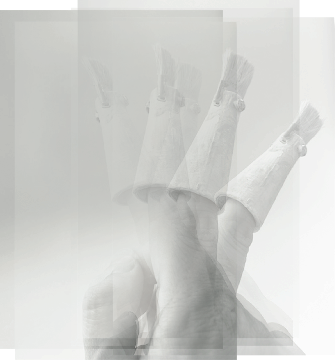
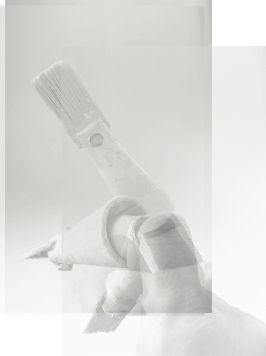
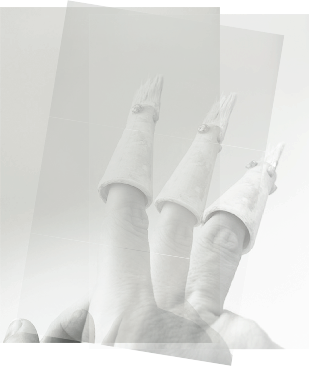
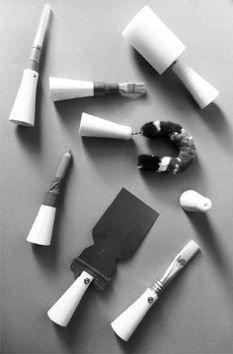

a series of thimbles were designed and used during some of the participatory design activities to empower the participant enabeling his active participation

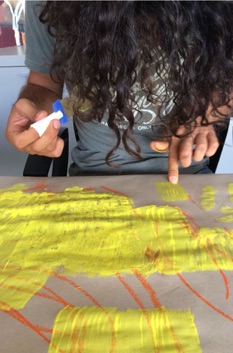
The participant is a painter experiencing autism and non-normative communication. His hands are quite central in his subjective non-verbal expressivity, especially he uses his fingers as discovery and creative tool.
The thimble were created ad hoc based on his specific abilities and to trigger situated responds to our shared participatory design activities.



This work is licensed under a Creative Commons Attribution-NonCommercial-NoDerivs 2.0 Generic License
alessia cadamuro



